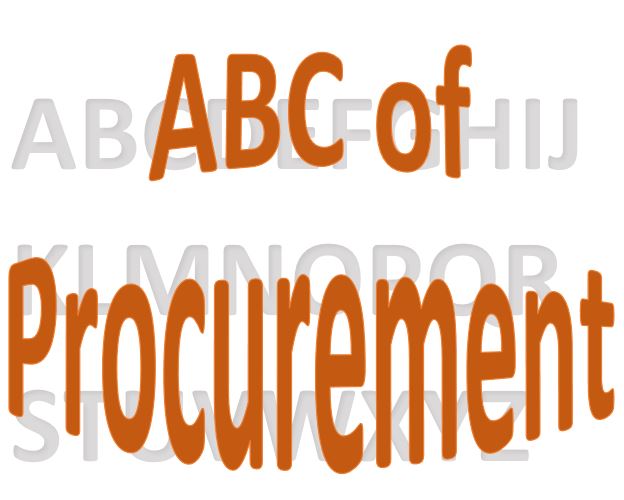The Merriam-Webster dictionary defines a bid as “a statement of what one will give or take for something”.
In short, the bid presents the offer one side makes to the other. It can be from the seller’s side when bidding for a job/service (how much they request). It can be as well by the buyer, stating how much he offers for the product/service. So, technically speaking, you can bid to buy, as well bid to sell an item or service.
Now, let us go through the complete bidding procedure. We use bids (tenders) for small and large jobs. Here we are talking about the most complex ones. The smaller ones will skip a step or two, as it does not make sense to go through such a process for a small purchase. Bids documentation is usually evaluated by a committee. Committee members are people from the technical team, finance, procurement, and the end user.
Even the most complicated biddings have their core 5 phases, in 3 phases:
Phase I: Pre-bid stage
1. Prequalification
In the pre-qualification stage, we are checking if the vendor is capable of executing the job he is bidding for.
Depending on the nature of the job we may ask for details about:
- Number of qualified staff crucial for the project execution
- Licensed staff required
- Certificates and government approvals
- Equipment in possession of the company
- Information about the successful finalization of similar projects in the past
Prequalification should not focus on the technical aspects of the project only. We need to explore the bidder’s financial capacity as well. The last thing we want is to have our contractor bankrupt in the middle of the project.
So, we will ask for:
- Certificates of good standing from the banks
- Financial reports
- Bank guarantees (pre-approval letters)
Based on this data, we will determine whether a bidder is capable of doing the job. We are still not comparing the bidders, hence this can be done much in advance.
Phase II: Bid stage
Now the race to win the contract or job starts. Again, depending on the nature of the job, we may ask for technical and commercial bids or only a commercial bid.
2. Technical bid
The technical bid contains all technical details about the project:
- how the bidder plans to execute the project,
- detailed specifications of the materials or equipment that is part of the quote, and
- the timeframes for execution.
Everything related to how the project will be executed from the technical point of view shall be included in this proposal.
3. Commercial bid
The financial bid is all about money. Here the supplier states the total cost and payment terms. If eventually financing of some sort is included either by the World bank, government, or the supplier itself, these elements will be part of the financial bid as well. Some contracts have a back-to-back clause. This means that the vendor will be paid once the customer gets the payment from his customer, usually the end user. This way the Tier 1 supplier of the end user effectively transfers payment risk to the Tier 2 supplier.
We use technical and financial bids mostly for large construction and equipment tenders. However, it will not be a surprise to have both bids in technology-related tenders: software development or data centers.
Depending on the tender procedure, the bids can either be received separately (two-stage bid) or together (single-stage bid). If it is a two-stage, we will evaluate the technical bid first. Only if the technical bid meets the minimal requirements the company can be considered, and we will proceed to financial bid evaluation. In a single-stage process, both will be opened and parallelly checked.
The technical bid can never be the sole part of the bid, while the financial bid can be in cases where the product is a commodity or well-defined through industry standards.
It is common to see techno-commercial bids as well. If the technical part of the bid is not large and complicated, it will be incorporated into one bid. Consequently, the evaluation will be done on the complete document at once.
Phase III: post-bid stage
4. Negotiations
I will not go into much detail on negotiations, as you can read in this article all about them. Just a small reminder: negotiations are not about the price only.
Negotiate:
- Delivery
- Installation
- Training of operators
- Spare parts
- Maintenance after installation
- Remote support
- Upgrades
- Financing
- Even goodies like company-branded uniforms for your team
5. Contracting
If you have a contract template pre-approved by your legal team, this is a pretty straightforward process. If not, time to get the legal guys involved.
I would like to give advice based on my experience. It is a good thing to have a four-side meeting before the contract is sent for signature. The four sides being:
- Buyers procurement and technical team
- Sellers sales and technical team
It happened to me more than once that a deal agreed in the meeting room becomes an impossible task on the field. Hence it is better to address those potential issues immediately compared to creating contract addendums a couple of months down the line.
You will find in the market many software solutions for online bidding. They enable you to collect and compare the quotes, have an online auction, and get the contract signed. However, this part is a topic for itself, so I will leave it here for now.

